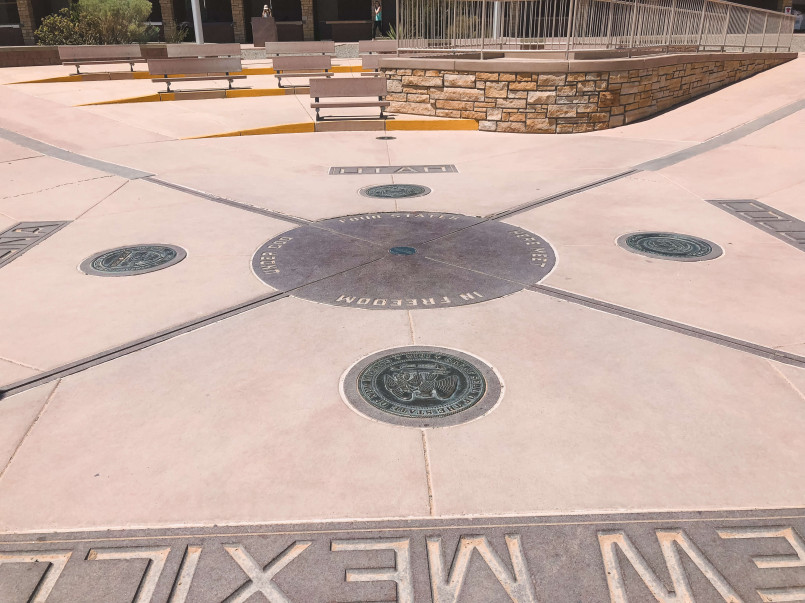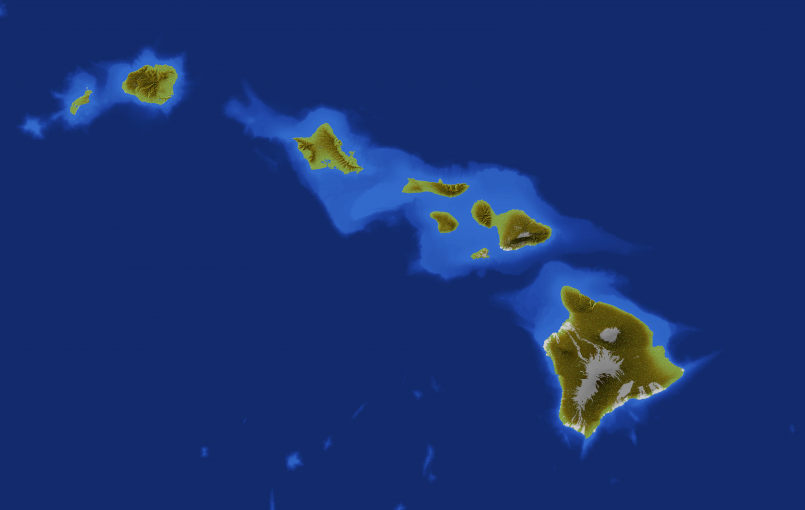Texas stands alone as the only continental US state with its own independent power grid. This unique arrangement stems from historical decisions, legal maneuvering, and a fierce independent streak that characterizes the Lone Star State's approach to energy.
Texas stands alone in the United States with its independent electrical system. While most states are interconnected through two major power grids-the Eastern and Western Interconnections-Texas deliberately operates its own system. This unique arrangement, managed by the Electric Reliability Council of Texas (ERCOT), covers approximately 90% of the state's electricity load and serves 26 million Texans.
This electrical independence reflects Texas's distinctive approach to energy policy and regulation, with roots stretching back nearly a century. Understanding why Texas maintains this separate grid requires examining historical decisions, regulatory frameworks, and the state's distinctive political and economic philosophy.
Historical Development of Texas's Electrical Independence
Texas's separate grid originated during the early 20th century when individual power companies began connecting their systems to improve reliability. During World War II, Texas utilities linked their operations to support wartime manufacturing, creating the beginnings of a unified state grid.
The critical moment came in 1935 when Congress passed the Federal Power Act, establishing federal oversight of electricity transmission and wholesale power sales across state lines. Texas utilities made a strategic decision to avoid this federal regulation by ensuring their electrical connections remained entirely within state boundaries.
By the 1970s, this arrangement was formalized with ERCOT's establishment, creating what became known as the Texas Interconnection-one of the three main power grids in North America, alongside the Eastern and Western Interconnections.

How ERCOT Works: Understanding Texas's Power Grid
ERCOT functions as both a grid operator and a power market. As an operator, it manages the flow of electricity to most Texas consumers, maintaining a balance between supply and demand across thousands of miles of transmission lines. As a market, it facilitates the buying and selling of wholesale electricity.
The grid connects more than 46,500 miles of transmission lines and over 710 generation units. ERCOT's jurisdiction covers approximately 75% of Texas's land area, including major population centers like Houston, Dallas, Austin, and San Antonio.
Unlike other US regions, ERCOT operates with minimal connections to outside grids. It maintains just three minor interconnections with other systems:
- A DC tie to the Eastern Interconnection
- Two connections to Mexico's grid
- A DC tie to the Western Interconnection
These limited connections are deliberately designed to transfer small amounts of power without subjecting the Texas grid to federal regulation.
Benefits of Texas's Energy Independence
Texas's energy independence offers several significant advantages:
Regulatory autonomy tops the list of benefits. By avoiding interstate commerce, Texas can establish its own rules for electricity generation, transmission, and distribution without Federal Energy Regulatory Commission (FERC) oversight. This allows for streamlined decision-making and Texas-specific policies.
The independence has also fostered market innovation. Texas pioneered electricity deregulation in the early 2000s, creating a competitive retail electricity market that allows consumers to choose from numerous providers. This market-based approach has encouraged innovation in pricing models, renewable energy options, and consumer services.
Additionally, Texas has leveraged its regulatory freedom to become a renewable energy leader, particularly in wind power. The state leads the nation in wind generation capacity, with over 33,000 megawatts installed-more than the next three highest states combined.

Challenges and Vulnerabilities
Despite its advantages, Texas's independent grid faces significant challenges. The most dramatic illustration came in February 2021 when Winter Storm Uri plunged temperatures across the state to record lows. The grid experienced catastrophic failures leading to widespread blackouts affecting more than 4.5 million homes and businesses. The crisis resulted in at least 246 deaths and caused an estimated $195 billion in damage.
This disaster highlighted several vulnerabilities:
- Limited import capacity: The minimal connections to outside grids meant Texas couldn't import sufficient power during the emergency.
- Weatherization gaps: Unlike federally regulated grids with mandatory weatherization standards, many Texas facilities weren't adequately prepared for extreme cold.
- Market design flaws: The primarily energy-only market provided insufficient incentives for maintaining reserve capacity and cold-weather preparedness.
Beyond extreme weather events, the Texas grid faces ongoing challenges with transmission congestion, especially connecting renewable energy resources in West Texas to population centers in the east. The independent system also means Texas cannot easily share power with neighboring states during normal operations, potentially increasing costs and reducing efficiency.
The Future of Texas's Power Grid
Following the 2021 winter crisis, Texas implemented several reforms through Senate Bills 2 and 3, which mandated weatherization requirements, improved emergency communications, and restructured ERCOT's governance. However, debate continues about whether these changes are sufficient.
Looking ahead, Texas faces crucial decisions about its grid's future. Options include:
- Maintaining independence while strengthening reliability standards
- Expanding connections to other grids without triggering federal jurisdiction
- Fundamentally restructuring the market to better incentivize reliability
- Potentially joining the national interconnection system
The state must also address the challenges of integrating increasing amounts of renewable energy, building sufficient transmission infrastructure, and ensuring grid resilience against extreme weather events that are becoming more common due to climate change.
Despite these challenges, Texas's independent streak remains strong. The state continues to view energy independence as a cornerstone of its identity, suggesting that while reforms are likely, the fundamental separation of the Texas grid will likely persist for the foreseeable future.
Frequently Asked Questions About Why Texas Has Its Own Power Grid: The ERCOT Story & Independence
Why doesn't Texas connect to the national power grid?
Texas intentionally avoids substantial interstate connections to prevent federal regulation under the Federal Power Act. By keeping electricity generation and transmission within state lines, Texas maintains regulatory authority over its own electricity system through the Public Utility Commission of Texas rather than the Federal Energy Regulatory Commission (FERC).
Can Texas draw power from other states during emergencies?
Texas has very limited ability to import power from other states. The grid maintains just a few small direct current (DC) ties to the Eastern Interconnection and Western Interconnection with a combined capacity of about 1,220 megawatts-less than 2% of peak demand. These connections are deliberately small to avoid federal jurisdiction and provide minimal support during major emergencies.
Does all of Texas operate on the independent grid?
No, approximately 10% of Texas is not part of the ERCOT system. El Paso in west Texas is connected to the Western Interconnection, while parts of east Texas, the Panhandle, and portions of the upper Panhandle are connected to the Eastern Interconnection. These areas fall under federal regulation rather than the Texas-only system.
Has Texas always had its own power grid?
The Texas grid's independence evolved gradually. In the 1930s, when federal regulations began governing interstate electricity transmission, Texas utilities deliberately avoided connections that would cross state lines. ERCOT was formally established in 1970, and the system has remained intentionally isolated from major interstate connections ever since.
What changes were made after the 2021 winter blackouts?
Following the February 2021 crisis, Texas passed legislation requiring power generators and some natural gas facilities to weatherize their equipment. The state also restructured ERCOT's governance, improved emergency alert systems, and created a statewide power outage alert system. However, critics argue these reforms didn't address fundamental market design issues or provide sufficient weatherization requirements.






